Most parents are familiar with the school run chaos, but pupils at one Inverness primary school found a quirky way to calm things down.
Introducing, the cut-out constables. These small, weatherproof traffic wardens are specially designed to improve safety around schools.
They’re part of an action plan led by pupils at Holm Primary School.
This week is Walk to School Week, an initiative by Living Streets to encourage active travel. Thanks to its proactive pupils, Holm PS is already one step ahead.
Through pupils’ eyes
Like many schools in Highland, Holm PS has a Junior Road Safety Officers (JRSO) group, which is led by P7 pupils.
Back in March, head teacher Janine Webb approached the JRSOs with a problem.
“Our school roll is increasing so we’re seeing many more cars,” explains Ms Webb. “We went to the JRSO group with parents’ complaints about over-use of the car park and high speeds.”
The pupils rose to the challenge.
With the help of Highland Council, local police and the community council, they started to make a plan.
“We did a walkabout and imagined how the walk to school would look through the eyes of pupils,” says Janine. “Then we noted down the main issues.”
Crossing the Distributor Road
One of the biggest hazards in the Holm catchment is crossing the busy distributor road in Inverness, which has high traffic and a 40mph speed limit.
The JRSOs consulted with the council’s road safety officer and painted little colourful footprints on the pavement to guide pupils along a safe route. At dropped kerbs, they added ‘stop, look and listen’ signs.
They also held a design competition for banners and signage in the school grounds, all organised and led by pupils themselves.
To help bring down speeds, the school installed large 5mph signs. These aren’t legally enforceable, but they do discourage drivers from going too fast. The school has also secured funding for speed ramps.
Don’t mess with the tiny traffic wardens
Yet it was the little traffic officers that really got people thinking.
“We didn’t tell anyone about it, because they have a bigger impact if you’re not expecting them,” says Janine. “We put them in places where we wanted drivers to be more careful. The idea is you don’t leave them in one place for any length of time. You move them around so people don’t become blind to them.
“We were the first school in Highland to have them and they really made a huge difference.”
Since then others, including Crown Primary School, have employed the same trick.
Throughout Walk to School Week, Holm PS has put on fun activities to remind pupils of the benefits of active travel. They also take part in the Sustrans Hands Up Scotland Survey, which monitors how pupils get to school.
“We count walking, scooting, cycling – anything that doesn’t involve a car,” says Janine. “But we also include park-and-stride because we have some pupils who live too far away to walk. As long as they walk from outside the car park we count that because we want to be inclusive.”
By pupils, for pupils
Janine says a high proportion of pupils do walk to school, but she’s realistic about the challenges for some.
“There are people who truly embrace active travel, and do it all the time. Then there’s a little pocket of families who do it when it’s easier, like when the weather is nice,” she says.
“For many families it’s about balancing – they’re often dropping off pupils on the way to work, so I guess it’s easier to pop everybody in the car.
“I don’t think it’s a lazy option. Everybody’s demands on their time are just more and more.”
“I don’t think it’s a lazy option. Everybody’s demands on their time are just more and more.”
For pupils in P4 upwards, the school encourage walking to school independently, as long as parents agree it’s safe. They also run bike-ability training for P6 and P7, which Janine says is very popular.
The school is proud of the pupils’ efforts to make a positive change.
“This is all about the pupil voice,” says Janine. “It’s driven by things pupils say they want our help with. They’re the ones who walk to school and face these issues.”
More from the Schools & Family team
Walk to School Week: Orkney pupils with an unconventional route to school
The legal plan your autistic child needs – and why you probably don’t have it
First Minister condemns “degrading” WhatsApp messages from Aberdeenshire teachers
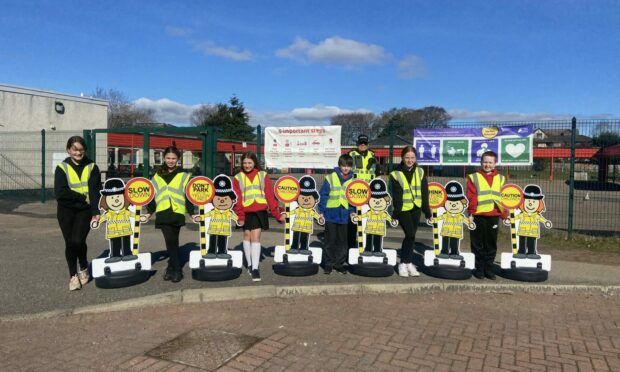
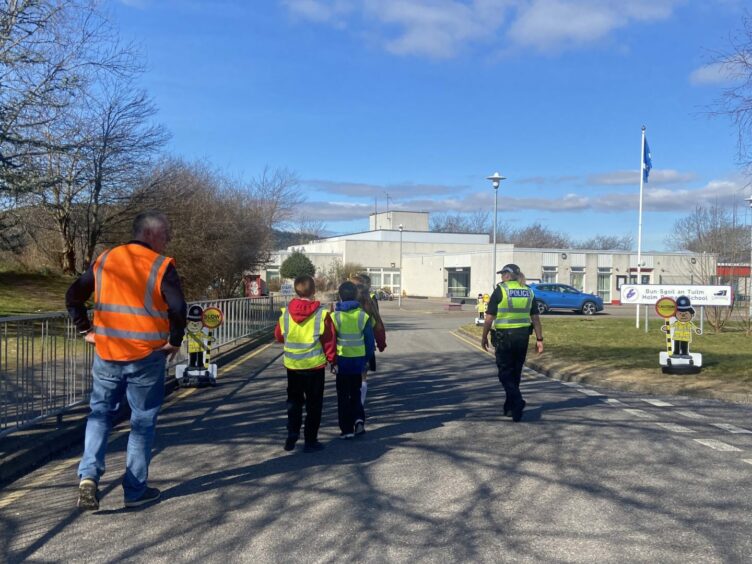
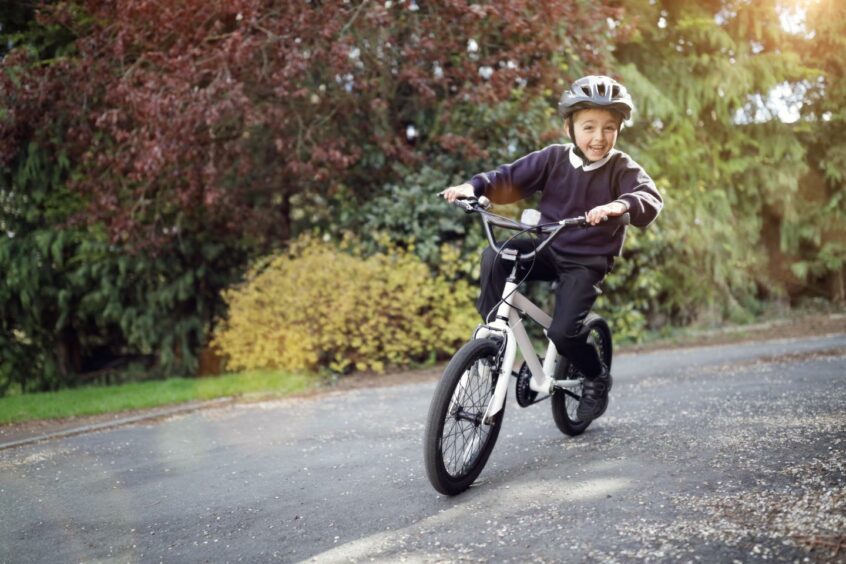
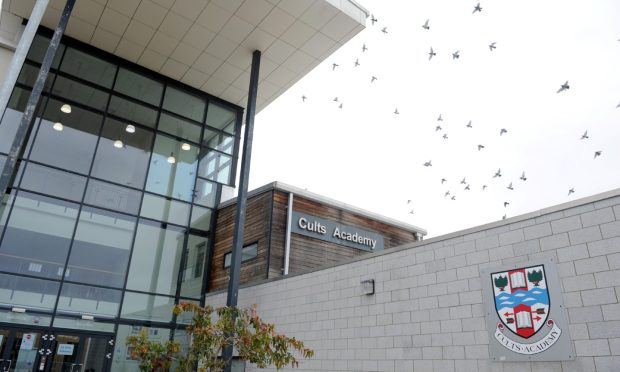

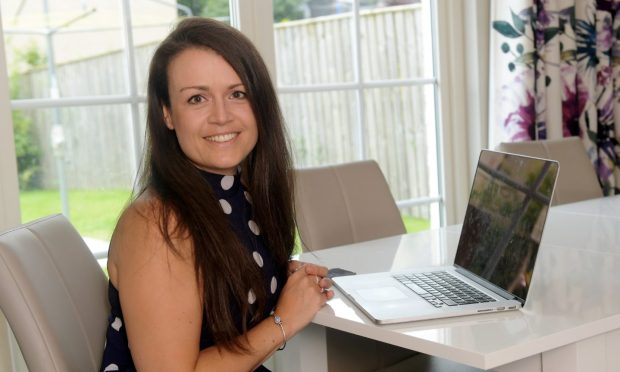
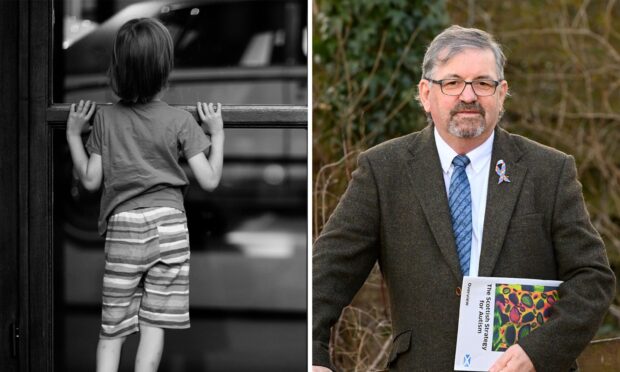


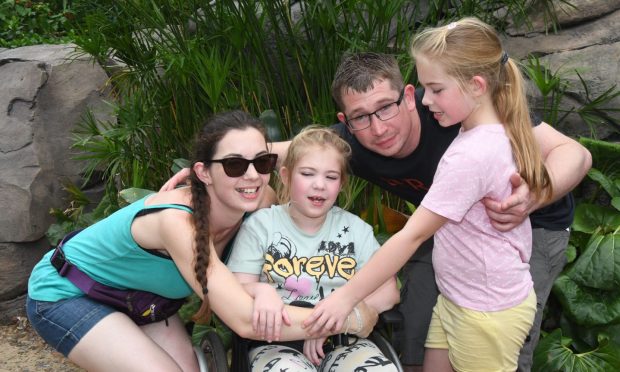
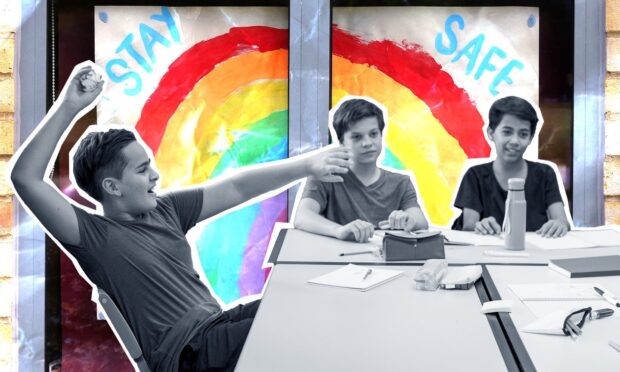


Conversation